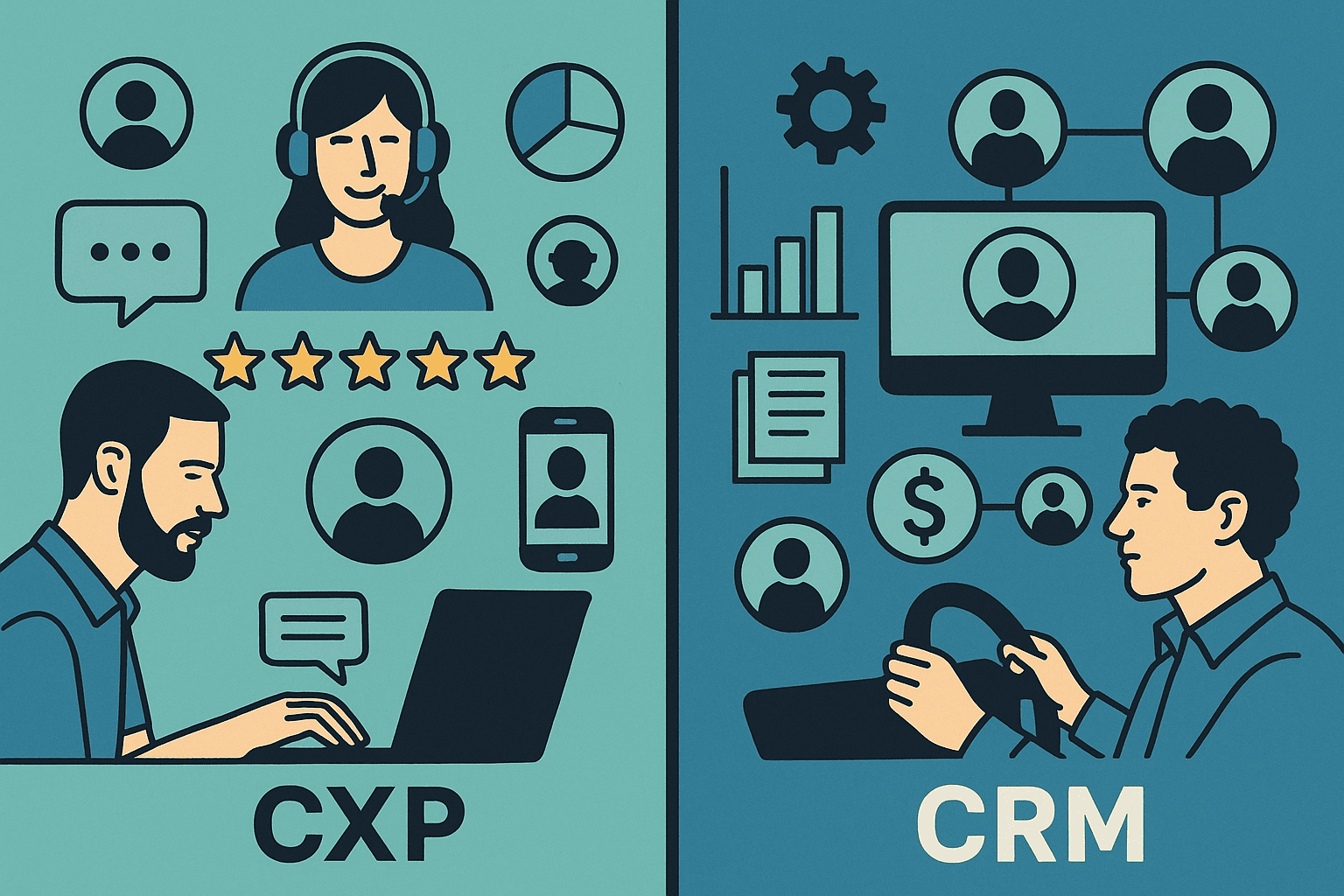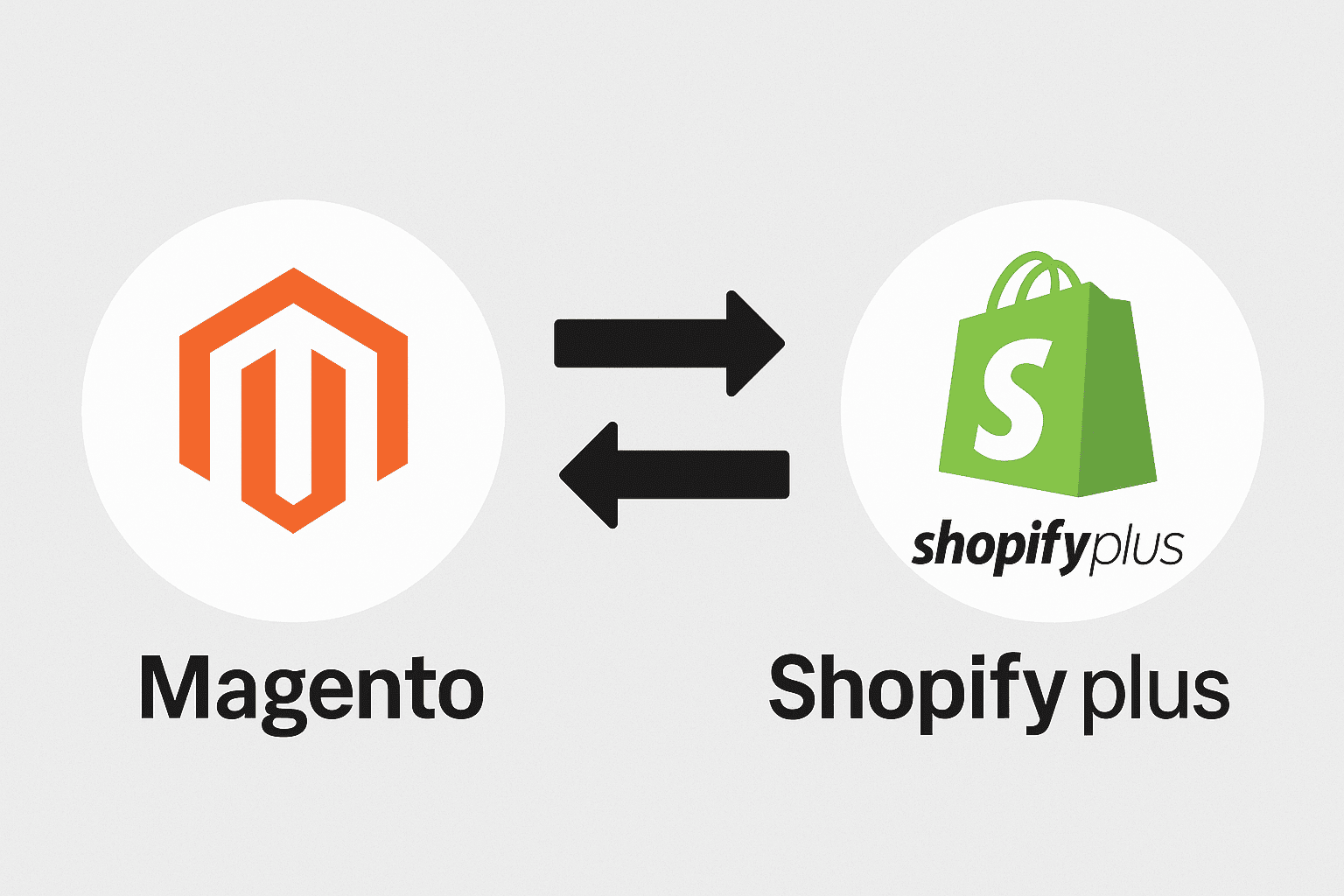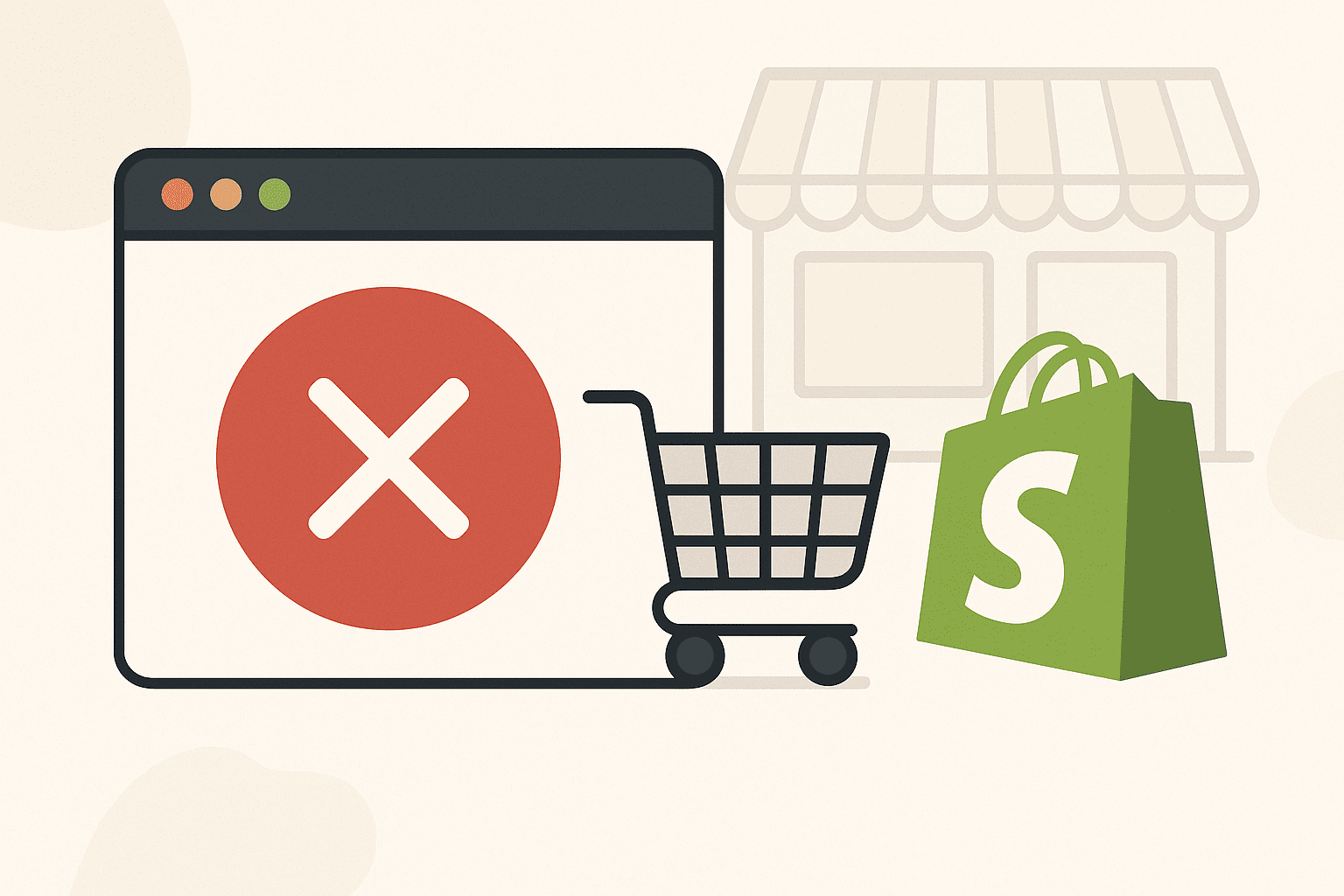Customer Experience Platform vs CRM: What’s the Difference for Shopify Merchants?

Introduction
If your CRM isn’t increasing your conversions, it might be time to look at a CXP. A Customer Relationship Management (CRM) system helps you manage contacts, track your sales funnel, and log interactions. A Customer Experience Platform (CXP), on the other hand, focuses on creating personalized, seamless experiences across all touchpoints—email, chat, SMS, social, and more. In 2025, Shopify merchants face unprecedented competition and rising customer expectations. Understanding the distinction between CRM and CXP is vital to optimize conversions, boost lifetime value (LTV), and build loyalty.
What Is a CRM?
A CRM system is designed to store and organize your customer data, track sales pipelines, and manage relationships—especially for B2B or high-ticket products.
Examples: HubSpot CRM, Zoho, Salesforce
CRM Key Features
-
Centralized contact management: Keep all client details in one place
-
Sales & pipeline tracking: Visualize where each lead is
-
Email logging & calendar sync: Track communications and meetings automatically
-
Lead scoring: Prioritize potential customers based on engagement
What Is a Customer Experience Platform (CXP)?
A CXP is built to orchestrate end-to-end customer journeys across multiple channels with real-time personalization. Its goal is to improve engagement, satisfaction, retention, and LTV.
Examples: Klaviyo, Gorgias, Zendesk, Optimove, Salesforce CXP module
CXP Key Features
-
Real-time personalization: Tailor offers and content instantly
-
Omnichannel communication: Manage email, chat, SMS, social seamlessly
-
Behavioral tracking: Monitor clicks, browsing history, purchase behavior
-
Customer feedback & sentiment analysis: Listen, respond, and adapt
-
Automated post-purchase flows: Thank-you messages, cross-sell offers, review invites
CRM vs CXP: Key Differences for Shopify Merchants
| Feature / Focus | CRM | CXP |
|---|---|---|
| Primary Goal | Relationship management | Experience optimization |
| Data Focus | Historical, contact-centric | Behavioral, journey-centric |
| Integration with Shopify | Moderate (sales-focused) | Strong (shopper touchpoints at front and back end) |
| Channels Managed | Mostly email, manual data input | Omnichannel (chat, SMS, social, email) |
| Automation Capabilities | Sales & lead workflows | Full post-purchase and lifecycle automations |
| Best for | B2B, sales-driven merchants | DTC eCommerce, post-purchase engagement |
Use Cases in eCommerce (Shopify-Specific)
✅ CRM Use Cases:
-
Track wholesale or B2B customers
-
Manage affiliates or influencers
-
Nurture leads from contact forms
-
Conduct outreach for high-ticket or service items
✅ CXP Use Cases:
-
Recover abandoned carts with personalized email/SMS flows (e.g., Klaviyo)
-
Offer real-time chat support during checkout (e.g., Gorgias)
-
Automate post-purchase surveys to refine product pages
-
Send behavior-based SMS campaigns
-
Handle omnichannel inquiries in one dashboard
Do You Need Both?
Many mid-size or scaling Shopify stores can benefit from combining both—CRM to structure sales operations and CXP to personalize customer journeys. Platforms like Salesforce and HubSpot now include both modules, but Shopify‑native CXPs like Klaviyo are often more agile and better suited for direct-to-consumer brands. With Shopify’s rich ecosystem, you can easily connect different tools via apps or middleware such as Zapier or Shopify Flow.
How to Choose the Right Tool for Your Store
-
Goal: Sales funnel visibility → Choose a CRM
-
Goal: Conversion rate, LTV, retention → Focus on a CXP
-
Consider budget, scalability, team structure, and app integrations.
-
Evaluate whether a combined suite or a specialist tool fits your skill set and store complexity.
Frequently Asked Questions
1. Can I just use Shopify’s built-in CRM?
Shopify offers basic contact and order tracking, but lacks advanced personalization and omnichannel automation of a full CRM or CXP.2. Are CXPs only for big stores?
Nope! Whether you're a small niche DTC or scaling store, many CXPs like Klaviyo offer tiered pricing and ease of setup.3. How hard is it to migrate from CRM to CXP?
Most tools support CSV import/export and provide Shopify integrations, making migration manageable.4. Can I use both CRM and CXP together?
Absolutely. Many Shopify merchants layer a CRM for sales teams and a CXP for marketing/experience.5. What's the ROI of a CXP?
Look at metrics like conversion rate lift, increased AOV, repeat purchase rate, and reduced churn.6. Do I need developer help to set these up?
Often not-many Shopify apps enable plug-and-play workflows. Developer help may only be needed for advanced setups or deep integrations.Conclusion
In 2025’s ultra-competitive DTC landscape, understanding the difference between CRM and CXP is essential for Shopify merchants. A CRM provides strong fundamentals in relationship and sales management, while a CXP excels at optimizing customer experiences and loyalty. Depending on your priorities—be it pipeline clarity or conversion optimization—you’ll know whether to invest in one, both, or a hybrid suite.
Next Step: Start a free trial, book a consultation, or follow an integration guide to test which CXP apps integrate best with your Shopify store.




